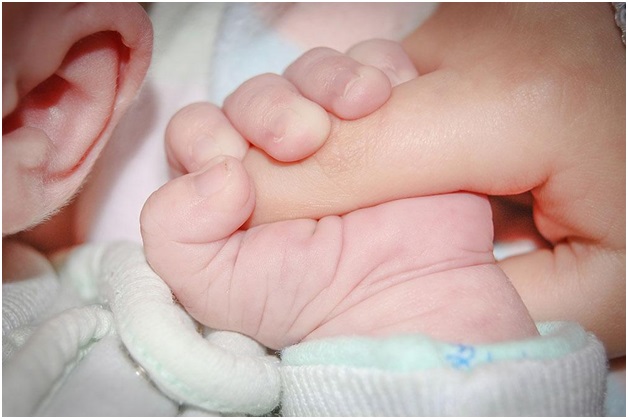The early diagnosis and treatment of any disease are beneficial in that treatments are typically more effective when the illness is caught early. This is especially true for children born with cerebral palsy, which is why couples considering having a baby should learn about this disease. The following overview will help you understand more about cerebral palsy, including why early intervention is vital.

What Is Cerebral Palsy?
While several conditions can affect a child’s fine motor skills, cerebral palsy is the most common among them. You will begin to notice signs of the disorder when your child is an infant or toddler. Cerebral palsy will inhibit their ability to move, balance themselves, or hold their posture. It can be caused by abnormal brain development or by damage to the brain that restrains advancement.
While cerebral palsy affects each child differently, there are four primary types of the illness. The most common form which the disease takes is called spastic cerebral palsy because it results in increased muscle tone that causes stiffness in the limbs. It can affect only the lower limbs, the arm, and leg on one side of the body, or all four limbs. When all four limbs are affected, the torso and the face are usually altered as well.
Dyskinetic cerebral palsy affects the hands, arms, feet, and legs. A child with this form of the disease will experience problems sitting and walking. When they do move, their movements are rigid and jerky, resulting in seemingly uncontrollable movements. If the muscles in their face are affected, the child may have difficulty talking, swallowing, or sucking.
Ataxic cerebral palsy affects smaller muscle groups, limiting a child’s ability to use their hands and fingers. This can inhibit their capacity to write or draw. Additionally, they will have problems maintaining balance and walking without stumbling or staggering.
Mixed cerebral palsy is rare, but it does affect some children. It involves attributes of two or more of the other types of cerebral palsy. This combination means the muscles affected, and the severity of the disease can vary.
Signs and Symptoms to Look for in Your Child
Doctors diagnose cerebral palsy based on the type of motor dysfunction the child suffers, so being watchful for symptoms is important. The symptoms will vary according to the age of the child.
Six Months and Under
- Their head lags backward as they are being held
- They feel stiff or floppy
- They feel overextended, as though they are resisting being held
- Their legs cross or stiffen when being picked up
Six to 10 Months
- They don’t rollover
- They can’t clap hands or bring their hands to their mouth
- They keep one hand fisted while reaching with the other hand
10 Months and Older
- They crawl in a lopsided manner
- They crawl using the limbs of one side while dragging the opposite arm and leg
- They don’t crawl. Instead, they scoot along on their buttocks or hop with their knees
Why Is Early Diagnosis Important?
There isn’t a cure for cerebral palsy, but there are several ways the symptoms can be managed. In most cases, the child will have to participate in physical, occupational, and speech therapies. When they start these treatments earlier, their bodies and mind are still developing.
Early treatment makes it more likely that therapy will minimize pain and movement difficulties. This will help reduce the likelihood of associative disorders developing as the child gets older. In some cases, drug treatments can be used in conjunction with therapy to help the child cope better.
Additionally, parents will have to learn how to help their child. In particular, they will have to study what foods should and shouldn’t be fed to their child since diet can affect development. Parents will have to learn how to reinforce preferred behavior patterns to ensure their child continues practicing movements that positively impact muscle growth and development.
If you do have a child who is showing the symptoms of cerebral palsy, ask their pediatrician to conduct an evaluation. The early diagnosis of the disorder can help you give your child the best chances to experience reduced symptoms as they age. While there is no cure, early treatment, combined with other types of therapy, can help your child experience a better quality of life as they age.











